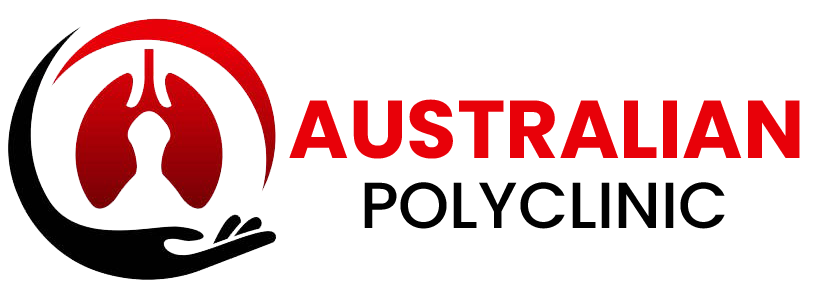Sleep study or polysomnography is a clinical test which we use to study sleeping pattern and its effects on breathing (snoring, breathing rate, breathing efforts, oxygen saturations), heart (pulse rate, heart rhythm and variation), and any abnormal movements of legs and cheek muscles. Movements of eyes are also recorded which provide help in classifying different stages of sleep.
Sleep stages are divided into two major types: Non-random eye movement and random eye movement sleeps (NREM and REM sleep). NREM sleep is further divided into N1, N2 and N3 types. We spend about 75% of sleep time in NREM sleep. We classify the stages of sleep according to electric activity of brain and eye movements.
We perform level II polysomnogram using 26 channel SomnoTouch PSG system, developed by SOMNOmedics GmbH, Germany. This system provides us high quality data for proper investigations of Sleep Related Breathing Disorders.
People who snore and haveapnoea (cessation of breathing) during sleep will affect their sleep patterns and we can detect these on the EEG (electric recordings of the brain, similar to ECG of heart). Patients who stop their breathing frequently during sleep do not get much deep sleep and due to frequent arousals, their never feel refreshed on waking up. It affects their heart rate which stays higher during sleep and causes higher blood pressure during sleep which in turn increases the risk of heart and brain disease in the long run. We will record their cardiac activity during the sleep study.
Other major features of Sleep Related Breathing Disorders are snoring and apnoea. We measure this by using a plastic tube sensor which is placed across the nose, just like oxygen tubing. It is very sensitive to noise of snoring and air flow, representing breath sounds. In patients with obstructive sleep apnoea, snoring is recorded along with apnoea over time. We get a reading called apnoea hypopnea index which means how many times patients stop or reduce their breathing frequency which leads to reduction in oxygen saturation. Patients whose index is more than 30 have severe sleep apnoea, AHI of 15-30 represent moderate and AHI 5-15 are classified as mild sleep apnoea.
We use two belts, one across the abdomen and other across the chest which not only measure the position in which are sleeping (back, right or left sides) but also effort or muscle activity. It differentiates between obstructive sleep apnoea in which there is strong effort of muscles but no air flow due to collapsed throatversuscentral sleep apnoea when there is no effort at all and hence no air flow. It is important to differentiate between these two types of sleep apnoea which guides proper treatment as treatment of one type can make other type of sleep apnoea worse sometimes.
ECG recording during sleep study provides us information about the pulse rate and rhythm which will be affected by sleep apnoea. We can pick sometime abnormal heart rhythm not related to sleep apnoea which may warrant further investigations.
Leg movements are measured by placing skin electrodes on the calf muscles. In patient with restless leg syndrome, patients move their legs too frequently and too violently which not only will affect their sleep but also their bed partner.
Instructions
- Try to follow your regular physical and sleep routine as much as possible
- Avoid napping during the day
- Please do NOT consume beverages or food containing caffeine after 4:00 p.m. on the day of the study
- Avoid alcohol on the day of your study
- Take your regular medication unless advised so
- Do not take any sleeping tablets unless advised by the sleep physician.
- You will visit our sleep clinic where we can attach the sensors and device.
- YOU SHOULD COME IN CLOTHES IN WHICH YOU ARE COMFORTABLE TO SLEEP.
- If you have hairy chest and legs, you need to shave upper parts of both legs, about 10 cm below knees, ~ 10 cm areas. On chest, you need to shave ~ 7-10 areas below right and left collar bone and area below left nipple. These are areas where we place electrodes and if there are a lot of hair, it will affect quality of recording and also cause pain on removing the electrodes.
- You can spend rest of the evening as usual and go to bed at your usual time. Recording will start either automatically at fixed time or manually and it will be informed during the setup in the clinic.
- Do not panic if one or other leads come off. You can try to fix it if possible.
- Tubing measuring air flow in the nose NEEDS to be always in nose to get the data. Otherwise, data cannot be interpreted.
- When you wake up in the morning, remove the sensors/wires carefully.
- The cream on the face and head can be washed away with water easily.
- You can put the wires and machine carefully in the bag and return it to our clinic so we can download the information and have our sleep physicians interpret the results.
Australian Polyclinic,
CCA Phase 5 DHA, Lahore
0311 057 3333
Dr G Sarwar Chaudhry
MBBS (KE), Fellow Royal Australasian College of Physicians (FRACP Australia),
Fellow American College of Chest Physicians (FCCP)
Conjoint Lecturer, University of Newcastle, NSW, Australia
Consultant Pulmonologist and Sleep Physician
Consultant General Physician
